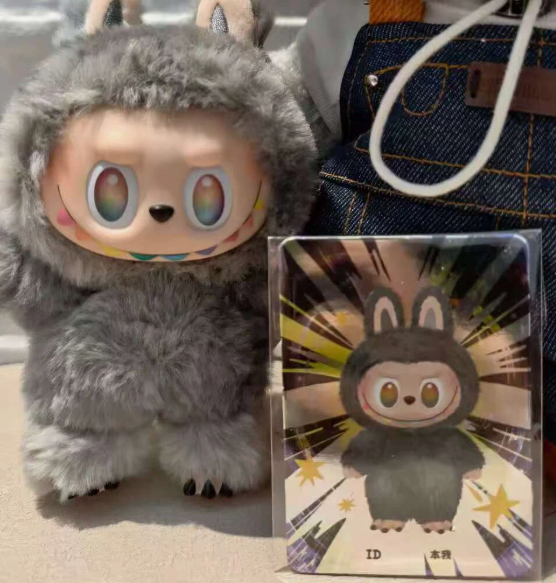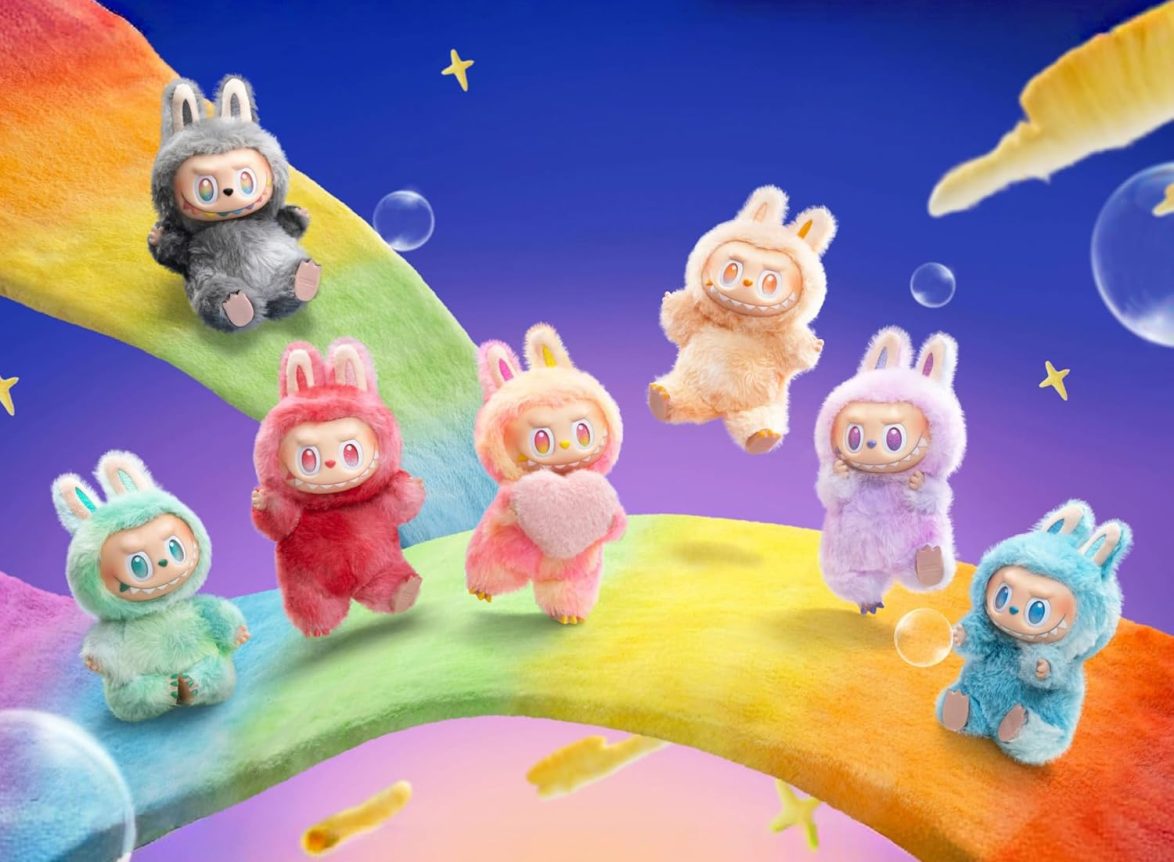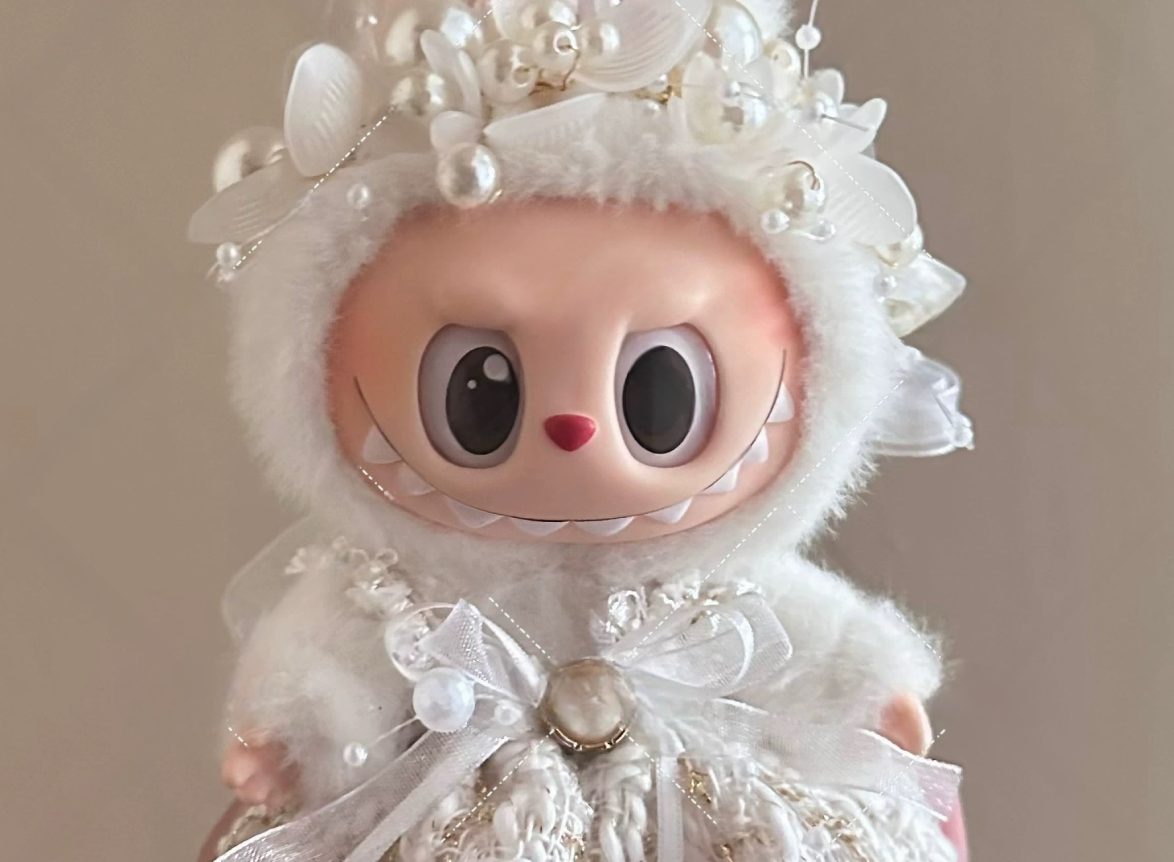Labubu, the mischievous, pointy-toothed creature from Kasing Lung’s “The Monsters” universe, has captured hearts globally. But alongside the adoration comes a frequent question from newcomers and seasoned collectors alike: Why are Labubu dolls, especially certain ones, so incredibly expensive? The answer isn’t simple; it’s a complex cocktail of art, scarcity, hype, and market forces. Let’s break down the key factors inflating Labubu’s price tag:

- The Foundation: Artistic Value & Designer Pedigree:
- Kasing Lung’s Genius: Labubu isn’t mass-produced junk. It’s the brainchild of a highly respected, award-winning artist (Kasing Lung). His unique style, intricate designs, and the rich lore behind “The Monsters” universe imbue each figure with inherent artistic value. You’re not just buying plastic; you’re buying a small piece of designer art. This intrinsic value sets the baseline far higher than generic toys.
- Complexity & Detail: Many Labubu figures, especially larger resin statues or intricate Sofubi versions, feature astonishing detail – complex paint applications (often hand-touched), unique textures, elaborate accessories, and faithful reproductions of Lung’s intricate linework. This craftsmanship demands skilled labor and time, increasing production costs significantly.
- The Engine: Limited Production & Scarcity:
- Intentional Scarcity: Pop Mart and collaborating artists strategically limit production runs, especially for high-end pieces (large resins, specific Sofubi lines, artist collabs) and coveted “chase” figures within blind box series. Limited Edition (LE) numbers (e.g., 300, 500, 1000 pieces worldwide) are common. Basic economics: low supply + high demand = high price.
- Blind Box Chase Mechanics: Within standard blind box series, the rarest “secret” or “hidden” chase figures (SPs) have dramatically lower pull rates (e.g., 1:144, 1:288). This artificial scarcity makes obtaining them incredibly difficult directly from retail, instantly elevating their secondary market value.
- The Frenzy: Hype, Hype Culture & FOMO:
- Massive Popularity: Labubu is a global phenomenon with a massive, passionate fanbase. This intense popularity creates fierce competition for desirable pieces.
- Social Media Amplification: Seeing others showcase rare finds on Instagram, TikTok, Facebook groups, and YouTube fuels Fear Of Missing Out (FOMO). Hype builds rapidly around new releases, collaborations, or newly discovered chase figures, driving prices up as collectors scramble to acquire them.
- Perceived Status: Owning rare or highly sought-after Labubus becomes a status symbol within the collecting community, further increasing desirability and willingness to pay a premium.
- The Marketplace: Secondary Market Dynamics:
- Reseller Activity: While many collectors trade or sell duplicates within the community, professional resellers also operate in the Labubu market. They often buy large quantities of new releases (especially blind boxes) specifically to locate and resell rare chase figures or popular standard figures at inflated prices.
- Auction Platforms & Marketplaces: Platforms like eBay, specialized toy marketplaces (e.g., Mandarake, Jungle, Taobao/Tmall for Asia), and dedicated Facebook BST (Buy/Sell/Trade) groups facilitate this secondary market. Prices here are dictated purely by what collectors are willing to pay, often far exceeding the original retail price (RRP).
- Speculation & “Investment”: Some buyers view certain Labubu figures (particularly large-scale resins, early editions, or iconic collaborations) as potential investments, betting their value will increase over time. This speculative buying further drives up prices.
- The Premium: Materials, Scale & Collaboration Costs:
- Material Matters: Standard PVC blind box figures have a lower RRP. However, figures made from higher-end materials like Sofubi (soft vinyl, often involving more complex manufacturing), resin (for large, detailed statues), or special materials (like lab-grown crystal collabs) have significantly higher production costs, reflected in their initial price.
- Size = Cost: Large-scale figures (e.g., 20cm, 30cm, or larger resin pieces) naturally require more material, larger molds, more complex engineering, and often more intricate painting, justifying a much higher RRP than small blind box figures.
- Collaboration Premiums: Collaborations with major artists (e.g., Yukinori Dehara), global brands (Disney, Sanrio, Keith Haring estate), or luxury goods (e.g., Swarovski crystal elements) involve licensing fees, shared creative input, and often even more limited runs. These factors command a significant price premium.
- The Ripple Effect: Condition & Provenance:
- Mint Condition: For high-value collectibles, “mint in box” (MIB) or “mint on card” (MOC) condition is paramount. Any damage, even a slightly crushed box for a rare blind box figure, can drastically reduce value. Pristine condition commands top dollar.
- Authentication & Provenance: For the rarest pieces, especially older or highly faked items, proof of authenticity and a clear ownership history (provenance) can add value and security, justifying a higher price.

Conclusion: It’s More Than Just a Toy
The high price of Labubu dolls isn’t arbitrary. It’s the culmination of genuine artistic value from a renowned creator, strategic scarcity driving desirability, intense global hype fueled by community and social media, dynamic secondary market forces (including resellers and speculation), the real costs of premium materials and collaborations, and the collector premium for condition and rarity.
While the initial retail price for standard blind boxes remains accessible, the chase for the rarest, most coveted pieces within the Labubu ecosystem can reach astonishing heights. Understanding these factors helps explain why collectors are willing to invest significant sums: they’re acquiring not just a vinyl or resin figure, but a tangible piece of contemporary art, cultural phenomenon, and for some, a potential treasure within a passionate global community. The price reflects the unique alchemy of art, commerce, and community that Labubu embodies.





Leave a Comment
Your email address will not be published. Required fields are marked *